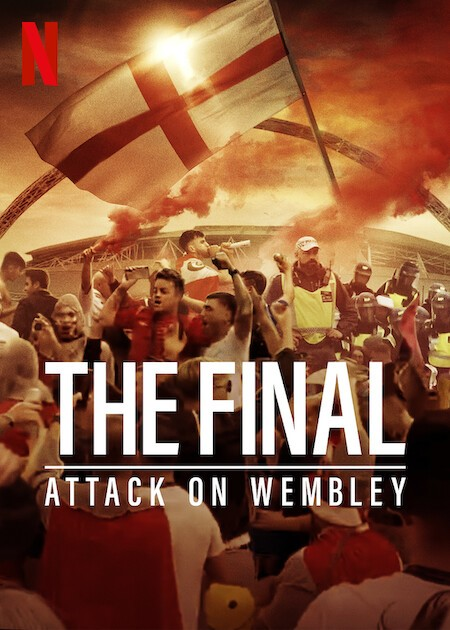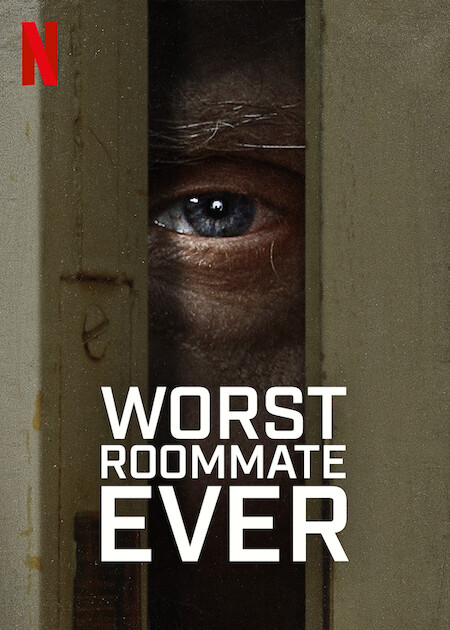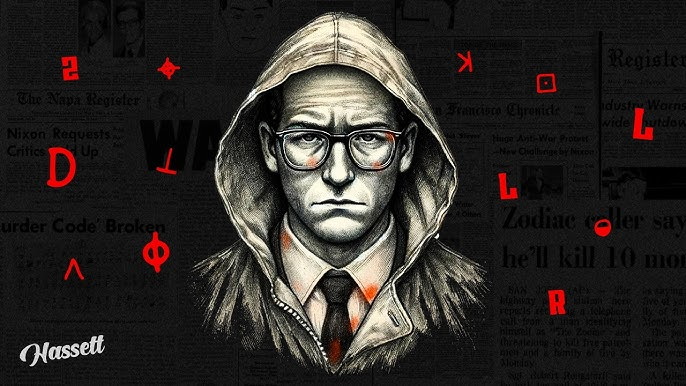Here's my research for the criminal documentaries -intro only-
NETFLIX/YOUTUBE DOCUMENTARIES
Documentaries #1 The Final: Attack on Wembley
1. What is the subgenre of crime-documentary would you categories this as?
Sports, Riots
2. Who is the target audience?
Football fans, England citizens
3. What typical documentary conventions were used?
Phone footages, Interview, Locations
4. Did this opening conform or subvert the conventions for this genre?
Conform
5. How does it create suspense using the following:
- camera: Slow panning,
- sound: Sounds of breaking glass, flare, people shouting, and the punching sounds
- MeS: Low lighting atmosphere when it highlights the tragedy and the interview, indicating how serious the situation is.
- Edit: Montage clips of riots everywhere
1. What is the subgenre of crime-documentary would you categories this as?
Attempted murder, abuse, betrayal
2. Who is the target audience?
People with roommates, Parents, College Students, Young adults
3. What typical documentary conventions were used?
Eerie music, quick cuts, statics, in the evening (dusk)
4. Did this opening conform or subvert the conventions for this genre?
Conform
5. How does it create suspense using the following:
- camera: Static, close up shots,
- sound: Eerie music (ND)
- MeS: Low lighting atmosphere when it highlights the tragedy
- Edit: Quick cuts of her injured
1. What is the subgenre of crime-documentary would you categories this as?
Financial frauds, money swindling
2. Who is the target audience?
People involved in the FTX, Crypto investors, young teenagers who invests in the crypto
3. What typical documentary conventions were used?
So many flashes effects that came from the reporter's camera and yellows highlights of multiple articles that makes the tittle stands out, to give audiences an idea of what he did at the beginning and what crime Sam has done.
4. Did this opening conform or subvert the conventions for this genre?
Conform
5. How does it create suspense using the following:
- camera: Random movements of phone footages
- sound: suspenseful background music (ND), News reporter monologues (ND)
- MeS: Low lighting atmosphere when it highlights the tragedy
- Edit: A flashback of when he was known to be a super rich 30 yo from crypto and fast-forwards to be a big frauds.
1. What is the subgenre of crime-documentary would you categories this as?
Serial killer, terrorizing
2. Who is the target audience?
Parents with children
3. What typical documentary conventions were used?
It uses the typical conventions for old unsolved-cases in the 60s: muffled voices which gives us a vintage atmospheric, sketches of the criminal which indicates that investigators has no idea of the criminal's face, and real pictures from the scene for evidence/reports purposes.
4. Did this opening conform or subvert the conventions for this genre?
Conform
5. How does it create suspense using the following:
- camera: Random movements of analogue camera
- sound: Eerie-serious music to add horrors (ND), the killer's voice in a phone call with the investigators(D)
- MeS: Low lightings, formal suited men indicating inspectors and serious matters.
- Edit: Quick cuts of the inspector statements saying they still hasn't figure out the exact motives to this crime.
1. What is the subgenre of crime-documentary would you categories this as?
Serial killer, terrorizing
2. Who is the target audience?
Parents with children
3. What typical documentary conventions were used?
It uses the typical conventions for old unsolved-cases in the 60s: muffled voices which gives us a vintage atmospheric, sketches of the criminal which indicates that investigators has no idea of the criminal's face, and real pictures from the scene for evidence/reports purposes.
4. Did this opening conform or subvert the conventions for this genre?
Conform
5. How does it create suspense using the following:
- camera: Random movements of analogue camera
- sound: Eerie-serious music to add horrors (ND), the killer's voice in a phone call with the investigators(D)
- MeS: Low lightings, formal suited men indicating inspectors and serious matters.
- Edit: Quick cuts of the inspector statements saying they still hasn't figure out the exact motives to this crime.







